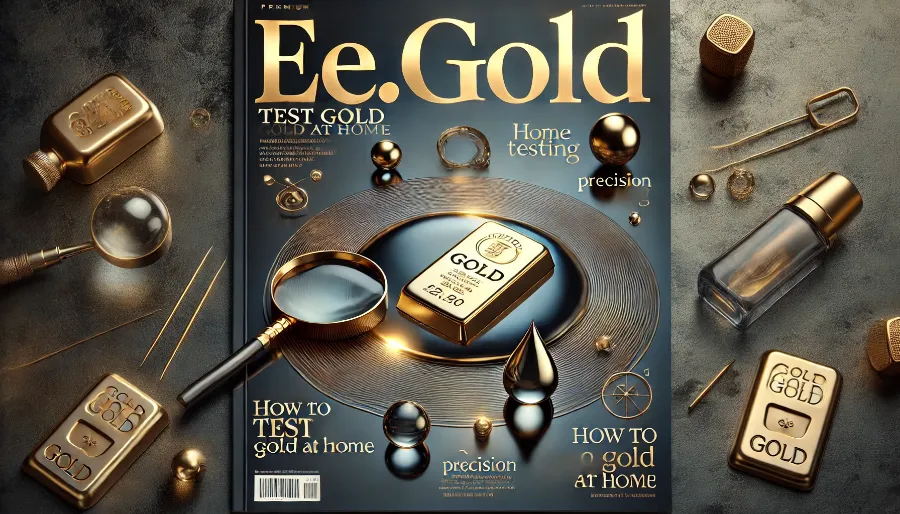
Why Test Gold at Home?
Gold is a valuable asset, but its high value also makes it a target for counterfeiters. Whether you're examining jewelry, coins, or bars, knowing how to test gold at home can save you from potential scams and give you confidence in your investment. This guide provides easy, accurate methods to verify gold's authenticity using tools and materials available at home.
7 Reliable Methods for Testing Gold at Home
1. The Float Test
The float test is a quick way to check if your gold item is genuine.
What You Need:
- A bowl of water
Steps:
- Fill a bowl with water.
- Drop the gold item into the water.
Results:
- Real Gold: Sinks to the bottom immediately due to its high density.
- Fake Gold: Floats or hovers because it is less dense.
2. The Magnet Test
Gold is non-magnetic, so this test helps identify fake gold.
What You Need:
- A strong magnet
Steps:
- Hold the magnet near your gold item.
Results:
- Real Gold: Shows no reaction to the magnet.
- Fake Gold: Attracted to the magnet, indicating the presence of magnetic metals.
3. The Vinegar Test
Vinegar reacts with base metals but not with gold.
What You Need:
- White vinegar
- A dropper
Steps:
- Apply a drop of vinegar to a small area of the gold item.
- Wait for a few minutes.
Results:
- Real Gold: Remains unchanged.
- Fake Gold: Tarnishes or changes color.
4. The Ceramic Plate Test
This test helps reveal the material underneath the gold surface.
What You Need:
- An unglazed ceramic plate
Steps:
- Rub the gold item on the ceramic plate.
Results:
- Real Gold: Leaves a golden streak.
- Fake Gold: Leaves a black or gray streak.
5. The Scratch Test with Acid
Acid testing is a precise way to determine gold purity.
What You Need:
- Gold testing acid kit (available online)
- Protective gloves and goggles
Steps:
- Scratch the gold item on a testing stone.
- Apply a drop of acid to the scratched area.
Results:
- Real Gold: Reacts minimally or not at all, depending on purity.
- Fake Gold: Bubbles or discolors, indicating base metals.
6. Density Test
Gold has a unique density (19.3 g/cm³), making this a reliable method.
What You Need:
- A scale
- A graduated cylinder
- Water
Steps:
- Weigh the gold item on the scale.
- Fill the cylinder with water and note the volume.
- Submerge the gold item and note the new volume.
- Calculate density: Divide the weight by the volume of water displaced.
Results:
- Real Gold: Matches gold’s density of 19.3 g/cm³.
- Fake Gold: Has a significantly different density.
7. Inspect for Hallmarks
Hallmarks are official stamps that indicate gold's purity and authenticity.
What to Look For:
- Common hallmarks include “24K,” “18K,” or “14K.”
- Check for maker’s marks and assay office symbols.
Results:
- Real Gold: Displays clear, accurate hallmarks.
- Fake Gold: May lack hallmarks or show inaccurate markings.
Additional Tips for Testing Gold at Home
- Use Proper Lighting: Good lighting helps you notice subtle changes during tests.
- Test in a Discreet Area: For jewelry, test on an inconspicuous spot to avoid visible damage.
- Combine Methods: For the most accurate results, use multiple tests.
- Protect Yourself: Wear gloves and goggles when using chemicals or magnets.
When to Seek Professional Testing
While these methods are effective, professional testing is recommended for high-value items. Jewelers, pawnshops, and assay labs use advanced tools like X-ray fluorescence (XRF) and spectrometry for definitive results.
FAQs About Testing Gold at Home
1. Can I test gold without damaging it?
Yes, non-invasive methods like the float, magnet, and vinegar tests do not damage gold.
2. Is the acid test safe to use?
Yes, when used with proper safety precautions like gloves and goggles.
3. Does real gold tarnish?
Pure gold (24K) does not tarnish, but lower-karat gold with alloys might.
4. Can I test gold-plated items?
Yes, acid and ceramic tests can reveal the base metal under the gold plating.
5. What’s the most accurate home test?
The density and acid tests provide the most reliable results.
6. Are hallmark stamps always accurate?
While hallmarks are useful, they can be forged. Always combine this with other tests.
7. Can I clean gold with vinegar after testing?
Yes, vinegar can clean gold, but avoid prolonged exposure.
8. What if my gold item fails the tests?
Consult a professional jeweler or testing lab for verification.
9. Does white gold react differently?
White gold may include alloys that can affect the results, so interpret tests carefully.
10. Can I test antique gold using these methods?
Yes, but be cautious to avoid damaging delicate or valuable pieces.
Why Testing Gold at Home Matters
Testing gold at home is more than just a precaution—it’s a way to protect your investment and ensure transparency in transactions. Here are some reasons why it’s essential:
1. Avoid Scams
Counterfeit gold is becoming more sophisticated. Home testing helps you identify fake or gold-plated items before making a significant financial commitment.
2. Verify Purity
Even if an item is genuine gold, it may not match the purity claimed by the seller. Home tests like acid testing or density measurements can help confirm its true karat rating.
3. Enhance Confidence
Knowing that your gold is genuine and valuable gives you confidence, whether you’re buying, selling, or gifting.
4. Save Money
Home testing saves you the cost of professional evaluations, especially for smaller items or casual checks.
5. Educate Yourself
Understanding how to test gold builds your knowledge of precious metals, helping you make informed decisions in the future.
Advanced Tips for Testing Gold at Home
Combine Methods for Accuracy
Using multiple methods—like the magnet test, acid test, and density test—provides a more comprehensive verification of gold authenticity.
Record Your Findings
Keep a log of your tests, including photos and notes about the results. This can be useful for future reference or resale.
Learn About Common Alloys
Gold is often mixed with other metals like copper, silver, or nickel. Knowing these alloys can help you interpret test results more accurately.
Be Aware of Gold-Plated Items
Gold-plated items can pass some basic tests but fail others. For example:
- Float Test: May mimic real gold.
- Acid Test: Will expose the base metal underneath.
Use Professional Tools
If you frequently deal with gold, consider investing in tools like a digital scale, gold testing kit, or even a pocket-sized XRF analyzer for more precise results.
Storing and Preserving Gold After Testing
Once you’ve confirmed your gold’s authenticity, proper storage is essential to maintain its value and condition:
Home Storage
- Safe Storage: Use a fireproof and tamper-resistant safe for maximum security.
- Separate Pieces: Store individual items in cloth pouches to prevent scratches.
Professional Vaults
- High Security: Professional vaults provide insurance and state-of-the-art protection.
- Long-Term Storage: Ideal for investors with large gold holdings.
Display Cases
For collectible or decorative gold pieces, use clear, airtight display cases to protect them from tarnishing or damage while showcasing their beauty.
Common Myths About Testing Gold at Home
Myth 1: All Gold is Non-Magnetic
While pure gold is non-magnetic, some alloys used in lower-karat gold may react slightly to magnets.
Myth 2: Real Gold Always Looks Yellow
Gold’s appearance can vary. White gold, rose gold, and other alloys can have different colors while still being genuine.
Myth 3: Hallmarks Guarantee Authenticity
While hallmarks are a good indicator, they can be forged. Combine this method with other tests for reliable results.
Myth 4: Gold-Plated Items are Worthless
Gold-plated items still have value, especially if the base material is silver or another precious metal.
Selling Your Gold After Testing
If you’re planning to sell your gold, testing it at home ensures you know its value beforehand. Here’s how to maximize your returns:
- Know the Market Price: Check the current gold spot price for accurate valuation.
- Choose a Reputable Buyer: Sell to certified gold dealers, jewelers, or online platforms.
- Provide Documentation: Offer proof of authenticity, like test results or certifications.
- Negotiate Premiums: Some buyers pay more for coins, bars, or collectible pieces.
How to Spot Counterfeit Gold
Even with reliable testing methods, counterfeit gold is becoming harder to detect. Here are some red flags to watch out for:
- Suspicious Weight: Fake gold may feel lighter or heavier than it should.
- Imperfections: Look for uneven surfaces, discoloration, or poor craftsmanship.
- Price Too Good to Be True: Be wary of gold sold significantly below market value.
- No Certification: Authentic gold should come with a hallmark or certificate of authenticity.
The Future of Home Gold Testing
As technology advances, testing gold at home will become even more accessible and accurate. Upcoming innovations include:
- Pocket XRF Devices: Portable X-ray fluorescence tools to analyze gold’s purity instantly.
- Blockchain Verification: Digital certificates linked to the blockchain to confirm gold’s authenticity and origin.
- AI-Powered Tools: Smartphone apps using AI and machine learning to evaluate gold through photos and data.
Final Thoughts: Mastering the Art of Gold Testing
Testing gold at home is a valuable skill that empowers you to verify the authenticity and purity of your gold assets confidently. By using simple methods like the magnet test or vinegar test, or investing in advanced tools, you can protect yourself from fraud and make informed decisions.
Whether you’re a casual buyer, an avid collector, or a seasoned investor, knowing how to test gold ensures you get the value you deserve. Combine these techniques with proper storage and market knowledge to fully enjoy the timeless appeal and financial security that gold provides.
NOTE
This Content is the copyrighted content of EE.GOLD. All rights are reserved. You are welcome to share or use our content only by including direct links to our website. Any other form of reproduction, distribution, or use without proper attribution is strictly prohibited.
This Content is intended solely for educational purposes. The information provided does not constitute financial or investment advice.
Please note that Digital Storage Receipt, Secure Storage Solutions, and Physical Gold Sales are the only services offered by EE.GOLD.
We strictly adhere to government regulations and are firmly against all illegal financial or investment activities globally.
For further inquiries, feel free to contact us through our official channels.

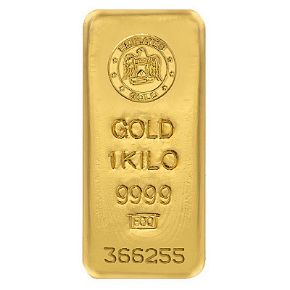
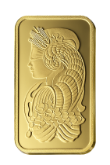



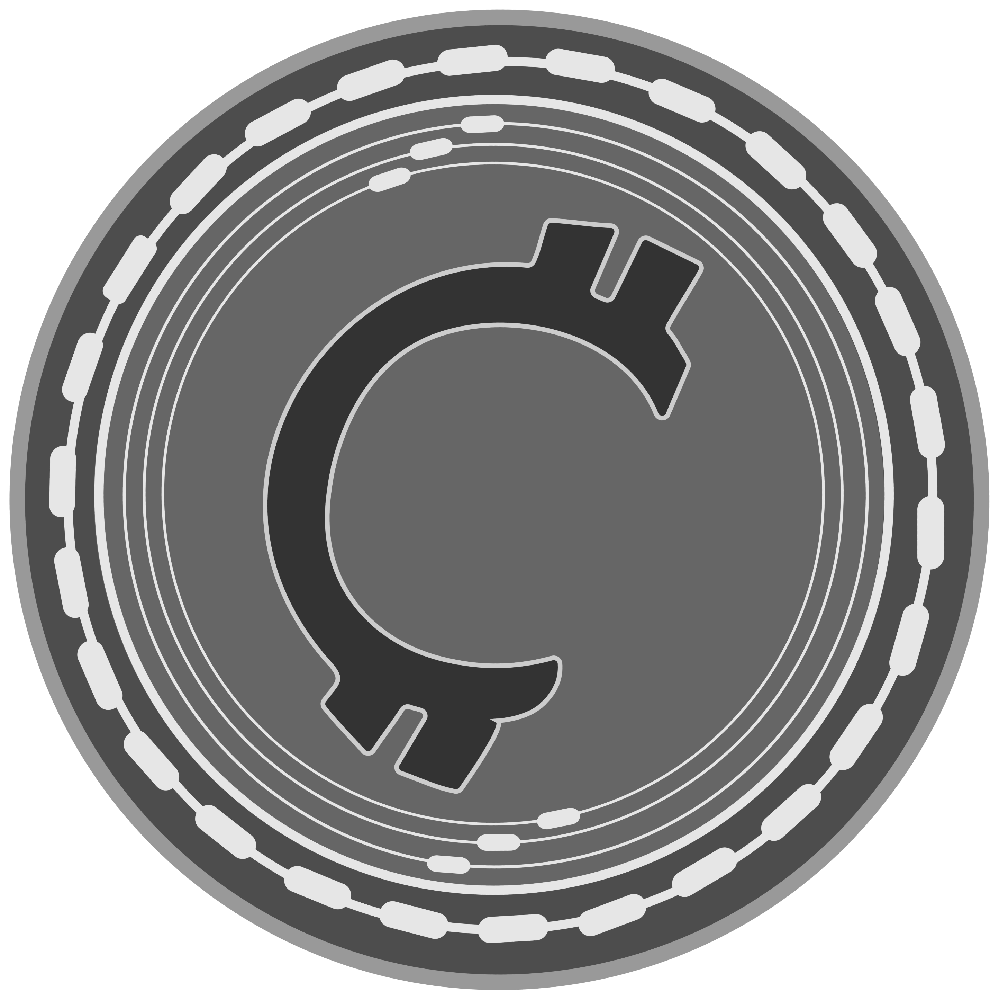

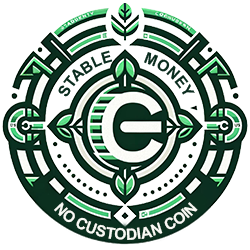

.png)

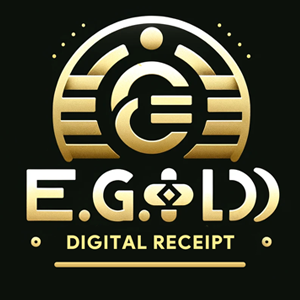
So, how does Tencent’s AI benchmark work? Triumph, an AI is foreordained a originative race from a catalogue of via 1,800 challenges, from construction consequence visualisations and интернет apps to making interactive mini-games.
Post-haste the AI generates the rules, ArtifactsBench gets to work. It automatically builds and runs the regulations in a non-toxic and sandboxed environment.
To anticipate how the assiduity behaves, it captures a series of screenshots ended time. This allows it to charges seeking things like animations, distend changes after a button click, and other charged customer feedback.
Conclusively, it hands terminated all this smoking gun – the autochthonous аск as, the AI’s encrypt, and the screenshots – to a Multimodal LLM (MLLM), to law as a judge.
This MLLM adjudicate isn’t decent giving a inexplicit мнение and as opposed to uses a encompassing, per-task checklist to wit the conclude across ten improve steep metrics. Scoring includes functionality, psychedelic circumstance, and civilized aesthetic quality. This ensures the scoring is rubicund, compatible, and thorough.
The ample fast is, does this automated beak rightly take discriminating taste? The results at this point in period the culture being it does.
When the rankings from ArtifactsBench were compared to WebDev Arena, the gold-standard dominate where existent humans call attention to on the choicest AI creations, they matched up with a 94.4% consistency. This is a massy apace from older automated benchmarks, which not managed in all directions from 69.4% consistency.
On lid of this, the framework’s judgments showed in leftovers of 90% unanimity with maven hot-tempered developers.
[url=https://www.artificialintelligence-news.com/]https://www.artificialintelligence-news.com/[/url]